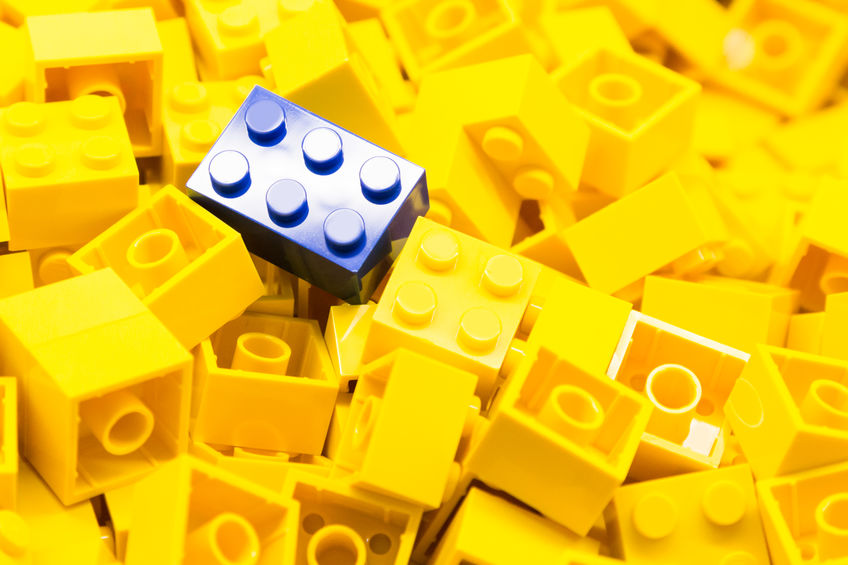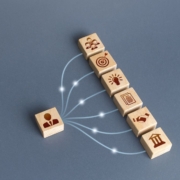Everyone has a personal story connected with LEGO, whether it is remembering the first thing you built as a child, the first time you gave a set to your children or remembering the piercing pain you experienced stepping on a LEGO piece. Whatever your experience with LEGO is, it’s a memorable one and it has been for many generations.
The privately-owned company just celebrated their 60th anniversary last summer and even with digitization and a competitive modern toy industry, the Lego Group is worth $7.8 billion, making it the world’s most valuable toy brand. This got me thinking – how does Lego Group continue to successfully market what seems to be a timeless toy in this increasingly modern toy industry?
Here are three factors leading to LEGO’s brand success and allows them to continue to dominate the toy industry:
Strong foundational purpose:
According to this article, having an unwavering creative vision is key for a successful brand. LEGO comes from the Danish phrase “Leg godt,” meaning “play well”. This overarching philosophy guided the company since its humble beginnings. In 1934, the founder Ole Kirk Kristiansen was a carpenter who made wooden toys in his workshop. LEGO was built from one small plastic brick in 1958 and sixty years later, has evolved into an entire LEGO brand with over 3,700 different types of pieces, as well as movies, video and online games. LEGO has differentiated themselves by marketing their products to inspire peoples’ imagination and creativity using their products.
There is growing competition from the internet and modern digital toys, however, LEGO has continued to find a balance between keeping a strong foundational purpose and being flexible to consumer needs. To further safeguard their blocks for future development, LEGO has recently teamed up with Amazon to add skills to Amazon’s Alexa to combine voice service with physical play into an interactive storytelling experience. James Poulter, Head of Emerging Platforms & Partnerships says, “the new LEGO DUPLO Stories skill is one of the first Alexa skills to bring together physical play with interactive audio content, allowing preschool kids and the adults in their lives to build stories and creations together.”
Universally connected:
Most recently, LEGO released their first global festive campaign. The ad shows children’s imaginations coming to life and transporting people of all ages into their worlds. LEGO’s appeal spans generations and they have leveraged this as an opportunity to market the connection between children, their parents, grandparents and other loved ones around them as a common interest to strengthen brand familiarity. Watch the full ad here.
Creating intangible value:
Leaving the possibilities of a product up to the consumer’s imagination creates a powerful intangible value. With taglines such as “Build the future” and “This is not a brick. It’s their wildest wishes”, LEGO’s marketing strategy emphasizes value through endless possibilities to inspire peoples’ imagination and creativity. LEGO provides the bricks and leaves the rest to your imagination, no matter how big. Check out this article to see how LEGO’s Build the Future campaign brought some imaginative moments to life.
What do you think supports a successful brand? I’d love to hear from you. Send me a note at jocelynv@idebamarketing.com.
– Jocelyn van der Geest, Research Analyst






